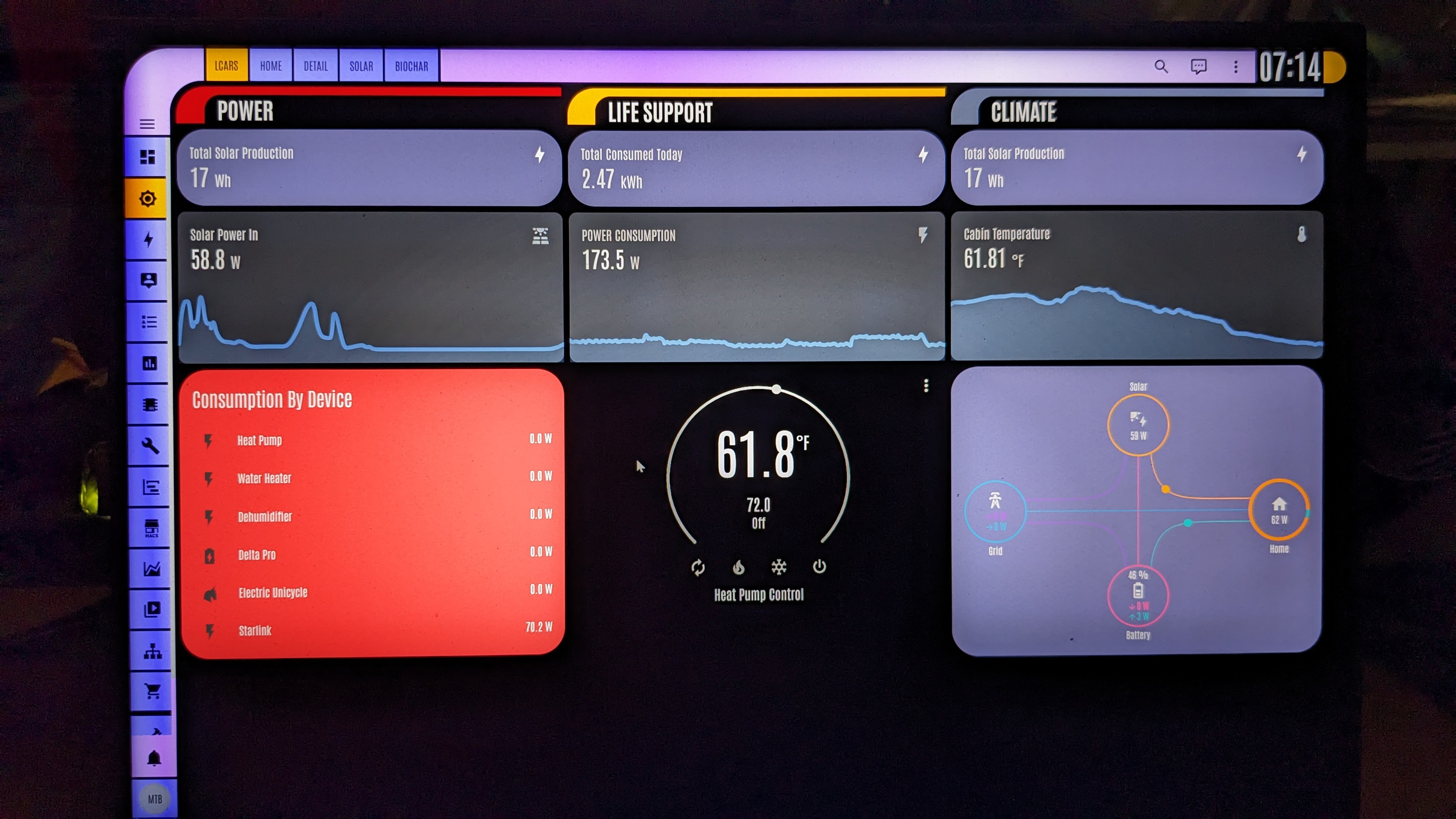-
1Build Your Team
This a large project that is intended to be something that a community of people can crowdfund, build, and operate as a team. So the first step is to build a team of folks who might want to help you build a deployable solar plastic recycling pavilion.
-
2Build Your Shredder
The first step to recycling plastic is being able to shred it up. You can use the files in the files section to make your own shredder, or buy one for the Precious Plastic Bazaar or AliExpress. A shredder typically costs between $1000-$3000. If you figure out how to make or buy one for cheaper, please let me know!
-
3Build Your Trash Printer
There are lots of different ways to recycle plastics - you can extrude it into beams, inject it into molds, and press it into sheets. But each of those methods require special tools and molds.
While it's not always the most efficient way to recycle plastic, 3D printing tends to be the most versatile method, because you can make such a wide variety of objects using just one machine, without machining custom molds for every part.
So next, you'll need to build a Trash Printer, or plastic recycling machine of some kind. You can use the files and firmware provided in the files section to build your own Trash Printer V3. It should cost between $1000-1500 for all the parts new.
Alternatively, you can build another open-source 3D printer, like the BLoft MK2, or use a different Precious Plastic machine like a beam extruder. It doesn't really matter how you recycle the plastic, or what you make with it, or which machine you use to do it.
As long as it plugs into a wall outlet, you can measure the energy consumption of any machine, and you can use it to determine how many kilograms of plastic your machines can recycle per kilowatt hour of sunshine, and compare it to the performance of other machines.
So if you don't know where to start, start with the Trash Printer. If you've got an idea that you think might work better, by all means do that. The more machines we try, the more quickly we'll learn which are the most efficient ways to recycle our trash.
-
4Build Your Feedback Network
I'm using Home Assistant and ESPhome to feed sensor data from an ESP32 connected to a Peacefair PZEM-017 energy monitor to record solar input data, Shelly Smart Plugs to measure the power consumption of the Shredder and Trash Printer, and other AC loads.
First, install your Raspberry Pi in the Argon One case and install the 500GB SSD. The SDD allows Home Assistant to store and record lots of data, which would quickly wear out the standard SD card. You can follow this awesome tutorial by EverythingSmartHome for details on how to do this.
Connect your Raspberry Pi to a router, and finish setting up your instance.
Once you've got your instance set up, you can add InfluxDB and Grafana to store and visualized the sensor data you'll eventually collect. Again, you can follow this awesome tutorial by EverythingSmartHome for details on how to do this.
Now you can set up ESPhome. ESPhome is a very powerful add-on for Home Assistant that lets you turn generic ESP32 boards into wireless sensor nodes. ESPhome makes it easy to feed all sorts of sensor data into Home Assistant.
Once you have ESPhome installed, you can plug your ESP32 board into your Raspberry Pi and flash your firmware for the PZEM-017. Once set up and connected to power, the PZEM module will feed Voltage, Amperage, Wattage, and total kWh into Home Assistant.
Next you can add your Shelly Plugs to your network, and start feeding AC consumption data in Home Assistant.
Finally, just for fun, you can install this awesome Star Trek LCARS theme, to make it all look like the control panels from Star Trek. You have to first install HACS, which lets you install a bunch of community-developed add-ons for Home Assistant. Once you have HACS installed, search for the LCARS theme and install it. After you restart Home Assistant, you can activate the theme.
![]()
Warp 1, engage.
-
5Build Your Solar Array
There a lots of different ways to build an off-grid solar energy system, and many of them considerably cheaper than the method described here, if you know what you're doing.
This system is offered because it is easy, safe, reliable, and requires zero cable cutting or crimping. If you want to build your own custom battery packs out of recycled laptop batteries or a wrecked tesla and have the know-how to do so safely, definitely do that instead.
The system I built uses 24 x 100W flexible solar panels, connected into four parallel strings of 6 panels in series. Each of the four strings connects to an MC-4 to XT-60 extension cable, and then combined in parallel using 3x XT-60 parallel cables, which combine all the strings into a single XT-60 plug that plugs into the back of the EcoFlow Delta Pro.
Optionally, you can add one or two additional 3.6kWh Smart Batteries, for a total of 10.8kWh. These batteries are expensive, and are only necessary if you want to operate your system at night after the sun has set. If you only want to recycle plastic during the day, you can just pass the solar power through the Delta Pro to power the machines, which is significantly cheaper. You can always add the batteries later.
Ultrastructure
A deployable solar powered pavilion that turns trash into wind turbines using nothing but sunshine
 Sam Smith
Sam Smith
Discussions
Become a Hackaday.io Member
Create an account to leave a comment. Already have an account? Log In.